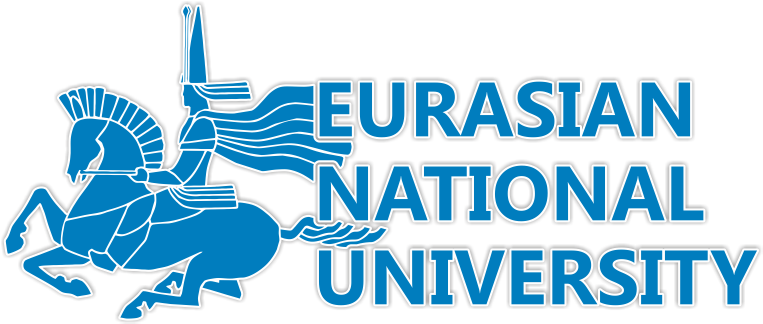On March 2, 2021, within the framework of the VII International Scientific and Practical School on International Law on the topic "Actual problems of theory, practice and teaching of international law" held from March 1 to 10, 2021, a lecture was held on the topic: "International humanitarian law and modern armed conflicts" Bisultanov Aslanbek Kamaudievich, candidate of law sciences, Assistant of the Department of International Law, Peoples' Friendship University of Russia (Moscow, Russia).
The speaker began his lecture with the issue of the formation of international humanitarian law. The entire history of humanity is about confronting warriors, minimizing the consequences of wars. These attempts have influenced the formation of international humanitarian law. According to various sources, there is a theory according to which there are 11 years of war in one year of peace. The main goal of international humanitarian law is to improve the fate of direct participants in armed conflicts and to protect from the consequences all persons who do not take part in these conflicts, primarily the civilian population. The peculiarity of modern armed conflicts is that in the conditions of a gradual improvement in military technology, the means and methods of waging war are becoming more complex. One of the obvious consequences of this state is the escalation of many armed conflicts from local to regional.
In these circumstances, the existence of an armed conflict and therefore the application of the provisions of international humanitarian law depends solely on the actual situation and is determined on the basis of whether the situation meets the criterion of an armed conflict. And it is formulated in the relevant provisions of international humanitarian law (in Art. 2 and Art. 3 of the Geneva Conventions).
The speaker emphasized that, according to the normative approach, there is an international armed conflict and an armed conflict of a non-international character. An international armed conflict exists whenever two or more states use armed force. An armed conflict not of an international character does not have a clear definition, however, according to Art. 3 of the Geneva Conventions, it is widely believed that such a conflict exists in the context of hostilities between government armed forces of one or more armed groups.
Another problem, to which the lecturer drew attention, is the termination of the armed treaty. He noted that, more often than not, there remains a risk of resumption of hostilities, as in the case of Karabakh.
At the end of the lecture, Aslanbek Kamaudievich shared his experience in teaching international humanitarian law, in particular, the preparation for the international competition named after Martens. Teams that want to take part in the competition must resolve the artificial conflict proposed to them. Such classes were effective due to the fact that students used the Geneva Conventions, Additional Protocols and other documents, an adversarial spirit of rivalry appeared, students discussed, analyzed theoretical material.
In conclusion, he noted that much is being done in the context of the implementation of international humanitarian law, emphasized the effectiveness of mutual cooperation in solving challenges and problems, both within the framework of international humanitarian law and within other branches of international law.


